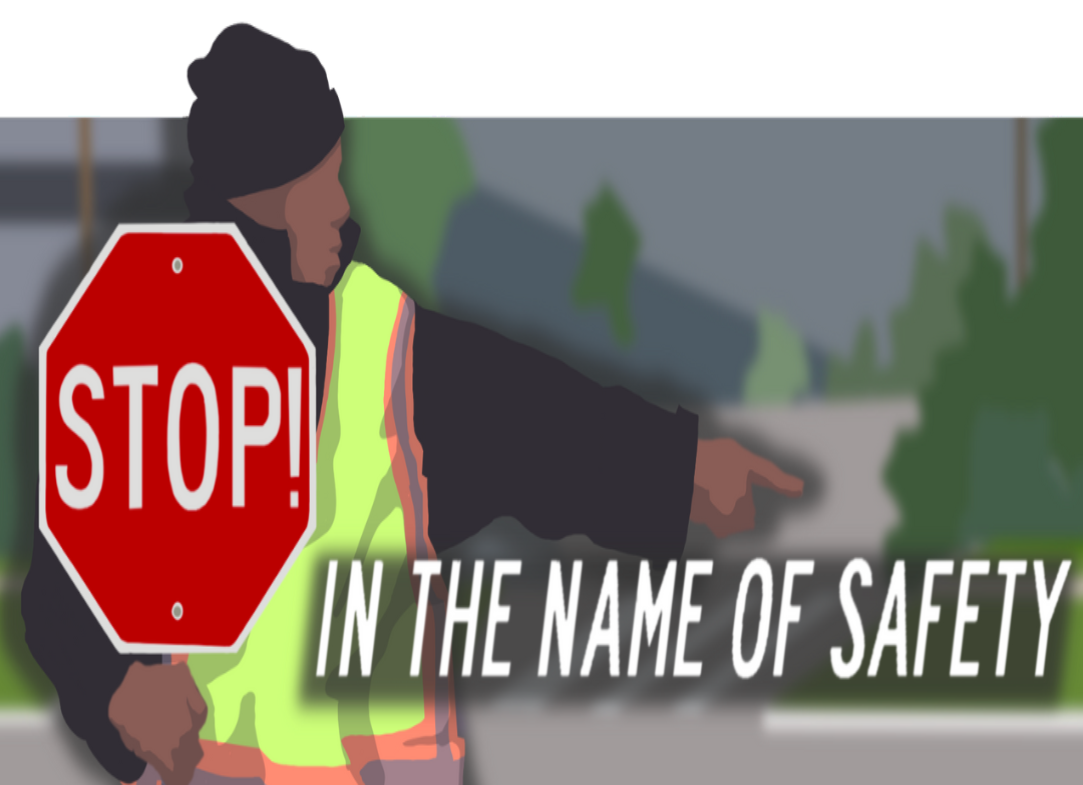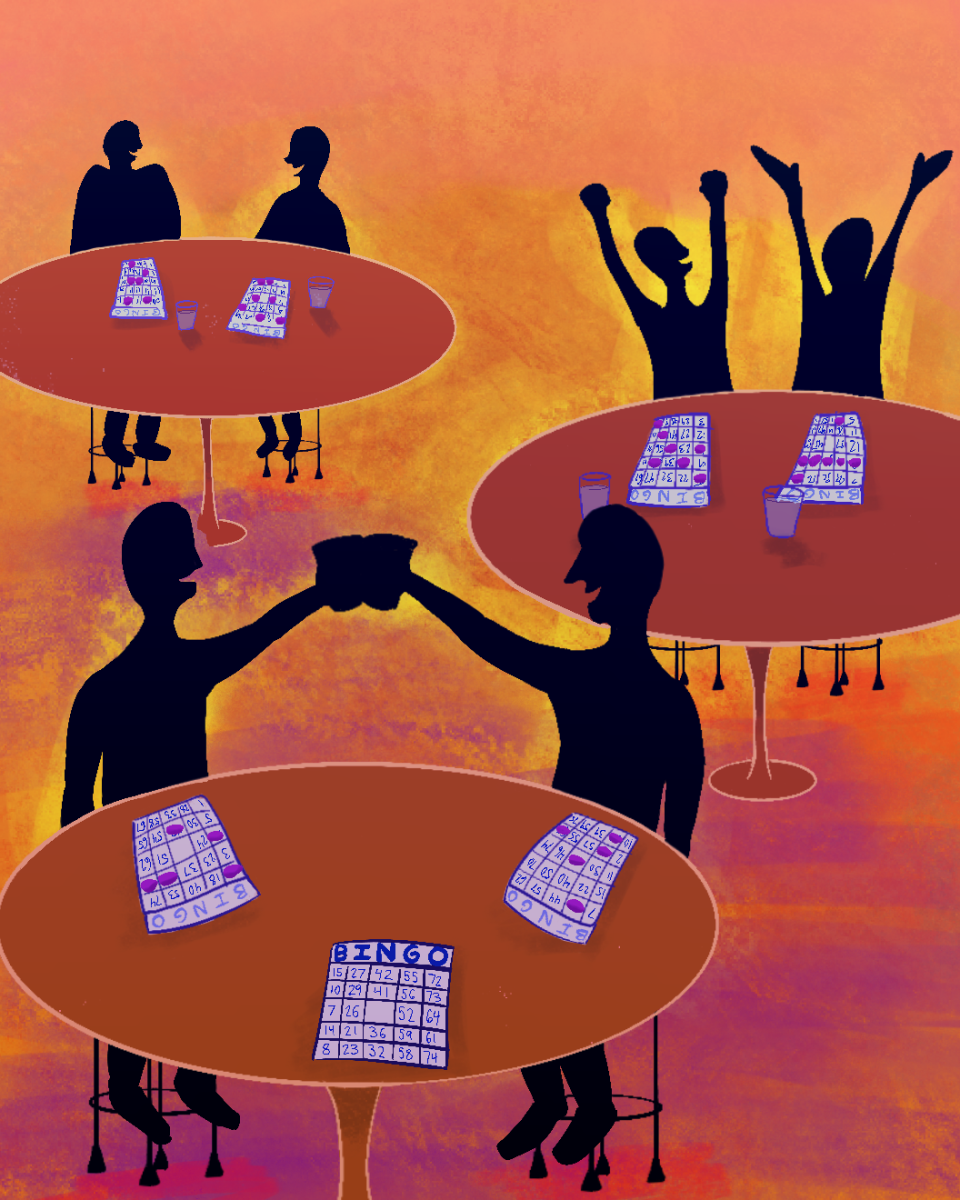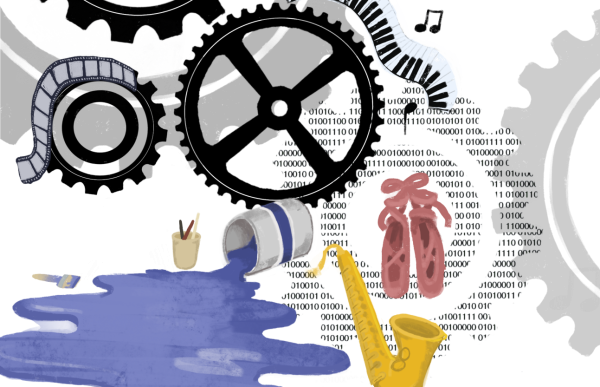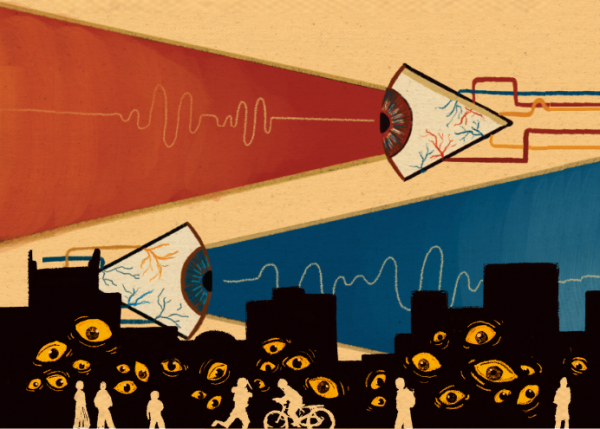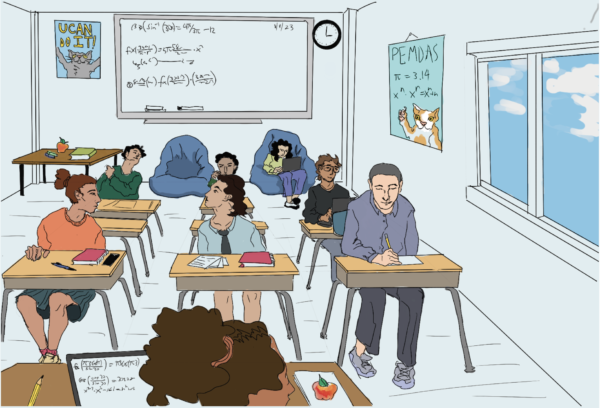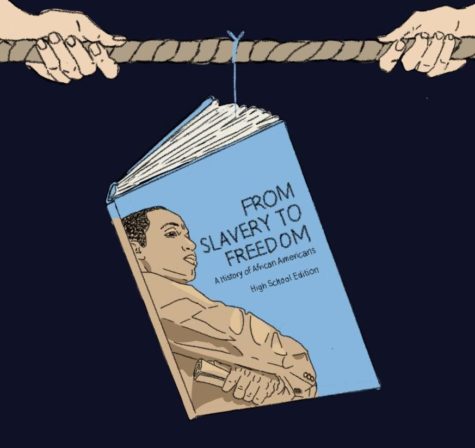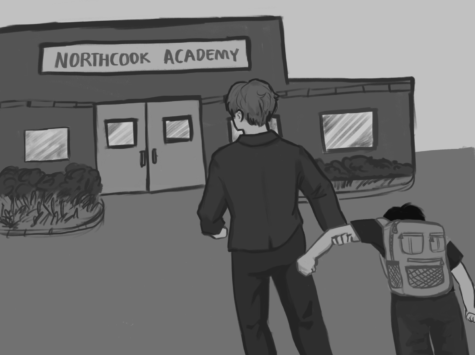Opioid epidemic plagues American public health
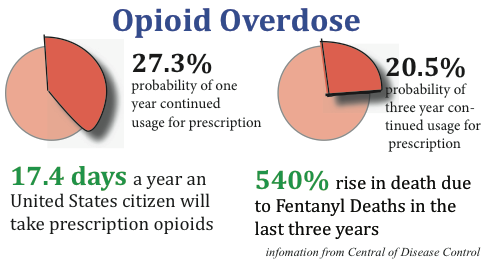
November 21, 2017
While the term ‘opioid epidemic’ has become rampant in mainstream media, its meaning has a deeper, more poignant connection to ETHS.
“The opioid use has always been a problem in our inner cities,” Bloomberg Professor Susan Sherman says. “Now, with the presence of pill mills, plus the increased amount of doctors prescribing these pills, the number of people who use opioids has gone up dramatically.”
According to the National Center for Health Statistics, last year, opioids caused around 50,000 deaths in America. In Illinois alone, there were nearly 2,000 opioid-related deaths.
“Almost two years ago, the brother of my close friend started using opioids—and it resulted in a short, two-week spiral that ultimately culminated in suicide,” an anonymous ETHS sophomore student says. “Our society has implemented a cyclical paradox of drugs along with their seductive veneer of hope.”
Opioids, like painkillers, are often prescribed by doctors after painful events like car accidents, shootings or common surgeries. However, these prescriptions are often abused, rather than used responsibly. When this high cannot be achieved through painkillers, opioid users often progress to using heroin, which produces a cheaper and stronger high.
“We need to educate people more about the opioid crisis and have them understand that addiction is not a moral deficiency,” anonymous ETHS student says. “Your body begins to adapt to the drug, and it’s overwhelming.”
According to the National Institute on Drug Abuse, one in eight teens have abused opioids. This overwhelming number can be attributed a multitude of factors, the most common being a lack of knowledge about the consequences and danger surrounding opioids.
“We’re losing this generation to pills. You have teenagers popping prescription pills like they’re candy.” Vice Chair for Addiction Medicine at the University of Buffalo Dr. Richard Blondell says. “We need education, they need to know the impact of what they’re doing.”
Due to the severity of the issue, many experts are attempting to come up with a solution. One proposal suggests the government implement ‘safe spaces’ where opioid users would be able to ‘safely’ administer drugs.
“Safe spaces allow for people who use opioids to be treated with dignity and respect,” Sherman, a proponent of ‘safe spaces’, says.“They do not feature a criminal or oppressive rhetoric, instead they support safety.”
The criminal rhetoric to which Sherman is referencing is the tendency of law enforcement officials to push addicts into prison rather than treatment. The emphasis on criminal justice subsequently resulted in the destruction of families, communities, and school, primarily in inner cities.
While others agree that these two public health emergencies are indeed connected, there is still a disagreement as to what the correct solution is. “It’s important we find the source of this institutionalized problem,” Blondell says. “We need to reign in drug companies, teach doctors to prescribe better, and force pharmacies to implement better warnings. It’s imperative we fix the institution first.”
No matter what the solution is, most would agree that the plight surrounding opioids is worth evaluating. Although, the opioid crisis may be a topic of controversy, its impact on the youth of today is not something the public can ignore.
Disclaimer: The Evanstonian does not condone the abuse of opioid prescriptions nor the continual use of opioids after the end of prescriptions.





